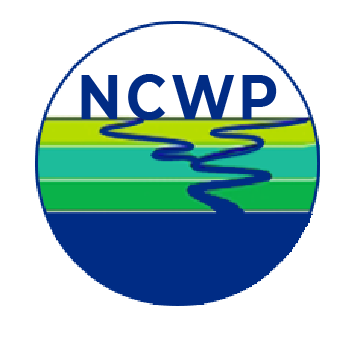
Nose Creek Plan
The Nose Creek Watershed Water Management Plan provides broad guidance for water management and sets out clear, strategic direction that will result in consistent, specific actions to protect riparian function and improve water quality in the watershed. It is expected that the updated Plan will continue to guide all levels of government, individuals, landowners and non-profit organizations when making land and water management decisions in the Nose Creek watershed.
The updated Plan was prepared under the direction of the NCWP and in collaboration with Alberta Environment and Parks and other watershed stakeholders. Provincial authority to develop and implement recommendations in the Water Management Plan is provided in the Water Act and municipal authority is provided partly by the Municipal Government Act. Recommendations are consistent with existing Provincial and municipal policies and guidelines.

Nose Creek Hydrologic, Hydraulic and Water Quality Model Project
In 2018, the Partnership updated the Nose Creek Watershed Water Management Plan (Plan) as a means to protect riparian areas, improve stormwater management, and improve water quality in the Nose Creek watershed. Throughout the Plan update process, it was clear that a common modelling tool was needed to explore water and stormwater management options at the watershed scale.
The main priorities for the NCWP during the next three to five years are to:
1) Develop a comprehensive hydrologic, hydraulic and water quality modelling tool (Nose Creek Model) to support multi-jurisdictional land use management in the Nose Creek watershed, and implementation of targeted projects to mitigate impacts of flood and drought, and improve water quality
2) Implement a comprehensive water monitoring program (discharge and quality) required to support the model development, and improve watershed condition reporting.
Wetland Inventory and Valuation Project
The Nose Creek Watershed Partnership aims to protect wetlands and their functions in mitigating flood and drought impacts, improving water quality, and supporting biodiversity in the Nose Creek watershed. The Partnership worked to identify existing and restorable wetlands in the watershed and to estimate the values of these wetlands for retention or restoration. The objectives of the first stage of the project were to compile a wetland inventory from multiple sources and to identify the criteria by which wetlands were assigned value.
Bathymetry Survey and DEM
The Nose Creek Watershed Partnership worked to complete bathymetric survey of Nose Creek and West Nose Creek along most of their length to support the Nose Creek Model project, as well as benefit numerous other environmental and planning operations through the creation of a detailed digital elevation (DEM) model of the river valley. The DEM will support future hydraulic model development, as well as provide a base for the increased understanding of fish habitat, river morphology, erosion risk, water quality, and storm water runoff impacts.
Riparian Intactness Assessment
Riparian areas provide a multitude of ecosystem functions and benefits, including water filtration to improve water quality, sediment removal, nutrient cycling and carbon storage, increased primary productivity, bank stabilization, and flood attenuation and increased water storage. While these habitats provide a wide range of benefits to human communities, the loss and impairment of riparian lands in Alberta has been significant, and recent watershed management efforts throughout the province have been focused on identifying priority areas for riparian restoration, conservation, and management. In order to efficiently target restoration efforts and resources, however, there first needs to be reliable information about the location, condition, and function of riparian habitats.
Fiera Biological Consulting (Fiera) has developed and applied a GIS methodology to rapidly map and assess riparian areas and generally assess pressure on riparian system function over large spatial scales. This geospatial model has been validated against aerial videography and ground-based assessments within different watersheds in central Alberta, and the GIS method has been shown to provide reliable estimates of riparian condition. Further, this model includes an application of additional indicators that were developed to generally assess natural and anthropogenic pressures that may impair riparian system function. Combined, this model gives land managers a tool that identifies areas that may require special management, or should be targeted for riparian habitat restoration or conservation. To-date, this method has been used to assess riparian condition for nearly 30,000 km of shoreline elsewhere in Alberta.
A riparian intactness assessment is underway for riparian areas within the Nose Creek watershed. The assessment will focus on riparian areas associated with approximately 632 km of shoreline. This includes 380 km of named streams, and 234 km of unnamed streams, plus 18 km of shoreline at watebodies. The results will be used to inform strategies to address riparian health and priorities for restoration in collaboration with watershed partners and stakeholders.
Implementation
Engagement Sessions 3:
Updated Nose Creek Watershed Water Management Plan & Engagement Documents
Engagement Summaries


